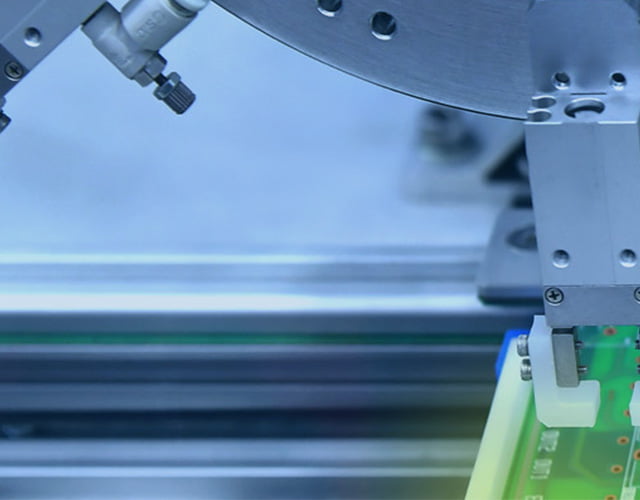Quickly Figure Out Circuit Assembly Main Processes
Circuit assembly is a professional matter
It takes some investment to make circuit assembly, even if some hobbyists can make assembled circuit boards at home, however, are often as complex as machine-made, and making 1,000 PCB boards by hand is time-consuming and tedious.
To better understand this, I'll take you through a quick overview of the circuit assembly process and what's involved in each stage.
Circuit assembly, also known as SMT or PCBA, is the bonding and mounting of electronic parts to pads on a PCB or printed circuit board. Circuit boards that are not yet assembled with electronic components are called bare printed circuit boards, and when components are attached, they are called PCBA boards.

First of all, please understand that circuit assembly is not the same as circuit board manufacturing. When you start creating a PCB for your project, it includes various processes including PCB design and prototyping.
Before a circuit board can be used in electronic hardware or equipment, the correct components should be added through pick and place. The type of components and selection process depends on the type of circuit board and the electronics that will be used.
After the PCB is completed, it is to connect different electronic parts to it to make it electrical performance, this is the circuit assembly processing or SMT processing.
Circuit assembly methods
1) Through-hole assembly (DIP): the vertical component leads are embedded in copper-plated through holes;
2) Surface mount assembly (SMT): the components are placed on the pads on the surface of the PCB.

For more introduction to DIP and SMT, please refer to [link]
In any case, in both processing methods, the part leads are still soldered by molten metal and fixed to the circuit board.
The number of boards will determine how the parts are assembled
For high volumes, soldering the parts to the printed circuit board is best done automatically by machines, including wave soldering and reflow. For smaller quantities, manual placement is also a good choice (machine placement must be used if there is a BGA chip on the circuit board).
Usually, DIP and SMT are carried out on the same PCB, because many passive devices still use vertical packaging and undertake quite important electrical functions. At the same time, vertical mounting can also make electronic components that may be subject to some stress safer. If you realize that your PCB will not experience any real stress in the electronics, then using a surface mount strategy can save even more space on the board.
Circuit assembly testing
Parts are completely built on the PCB, it needs to be tested to ensure that the circuit board works accurately and meets the requirements. This is the tail flow of board placement.
1) Visual inspection: To make sure there are no missing electrical components on the circuit board, this is also a good opportunity to double-view the entire soldering process;
2) Signal test: Test the input and output of electrical components with sinusoidal AC;
3) ICT test: Check whether there are actual values different from the estimates, such as voltage, current, etc.;
4) Functional test: Follow the test guide to confirm whether the circuit board works as expected.
Assuming that only some of the printed circuit boards fail the above tests, it does not mean that a redo is required or that there is a problem with the PCB design. You can find out where the problem is, and re-test and repair it by replacing the component or board. This is also part of the circuit assembly test process.
After all, perfect is not the norm, and even more so in electronics manufacturing.
Conclusion
For all electronic product manufacturing enterprises, circuit assembly is a basic and important part. With the promotion of innovation and thinking ability, MFG enterprises that promote circuit board manufacturing and assembly need to continue to move forward and catch up with cut-edge technologies, so can continue to expand in the competitive market and benefit the global electronics companies.






